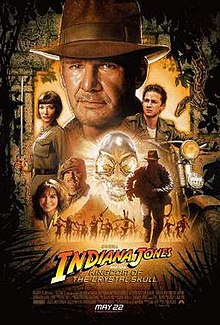
All in all, I found this one of the stronger entries of the Kaiser Wrench series, given its clear mystery in the form of the mentioned fortune, and I didn’t have much trouble this time around keeping track of the species of the various characters, although their names largely don’t fit what kind of animals they are. There’s also the continued issue of the sloppy editing job, given the number of mostly punctuation errors that even a middle schooler could see. Regardless, I’m definitely not hesitant to recommend this story to those who enjoyed its precursors, and especially to members of the furry fandom.


























